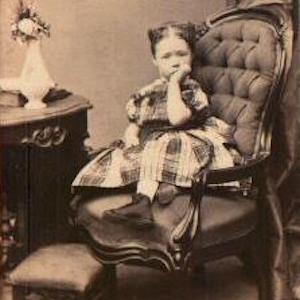Education

In Motion: The African-American Migration Project
In Motion: The African-American Migration Project portrays the history of 13 defining migrations that formed and transformed African Americans from the 16th century to the present.
19th-century American Children and What They Read
19th-century American Children and What They Read is a website born of a passion for exactly that—material written for children, and occasionally by children, in the 19th century.
Children in Urban America
Children in Urban America (CUAP), focuses on children and childhood primarily in the greater Milwaukee area from 1850 to 2000.The Student Stage of Life: Brahmacharya
According to Vedic philosophy, the life span of each person is divided into four stages, or ashrams. The word ashram means "shelter," referring to the protective nature of these phases against the turmoil of life.

The Atlantic Slave Trade and Slave Life in the Americas: A Visual Record
The images document the history of enslavement in West and West Central Africa, the English and French Caribbean, Brazil, and the United States.
Caribbean Views
The online collection is of extraordinary quality, both in terms of the scanned images and the contextual detail provided.How to Teach Children: Childrearing and Confucian Doctrine
This excerpt comes from a chapter of Okina mondô, or Dialog with an Old Man, by Nakae Tôju (1606–1648), a Neo-Confucian philosopher. The Dialog teaches practical ethics through a series of questions and answers between a young disciple, Taijû, and a wise old master, Tenkun.
Autobiography, Katsu Kokichi
Katsu Kokichi (1802–1850), a middle- to lower-ranking samurai without distinction, nevertheless wrote his life story, supposedly to warn his children against his own disgraceful behavior.
Emperor Meiji to President Grant on Iwakura Mission
The Iwakura Mission was a visit to the United States and Europe between 1871 and 1873 by many of the top officials of the new Meiji government.
Preamble to the Fundamental Code of Education
The following paragraphs came at the beginning of a 109-article plan, promulgated in 1872, to establish a national school system under the direction of the new Meiji government.